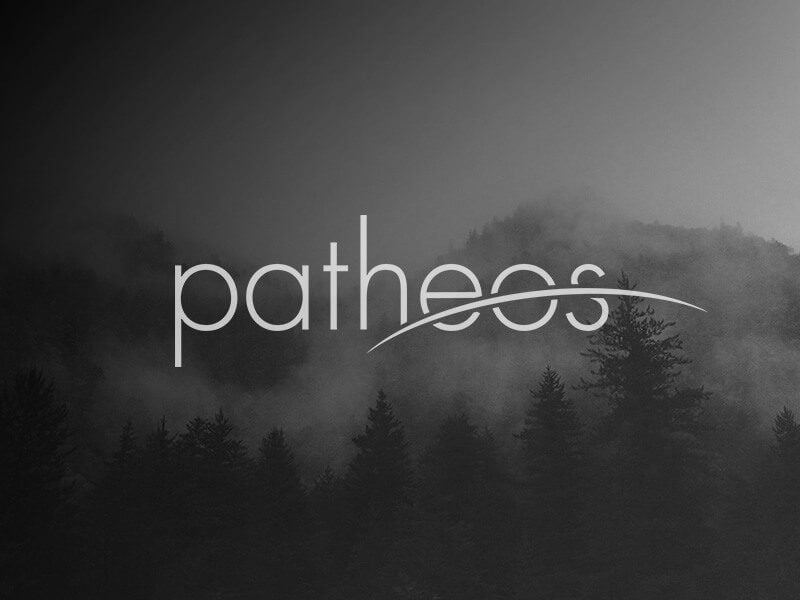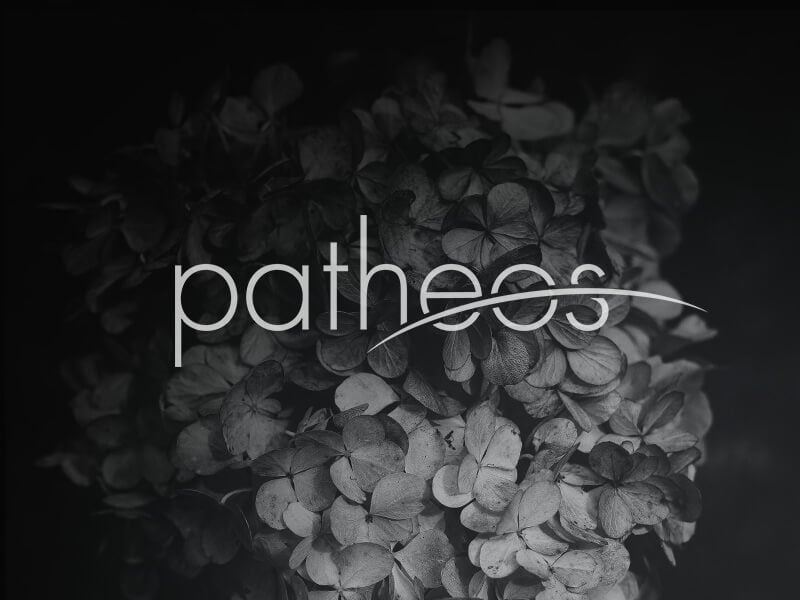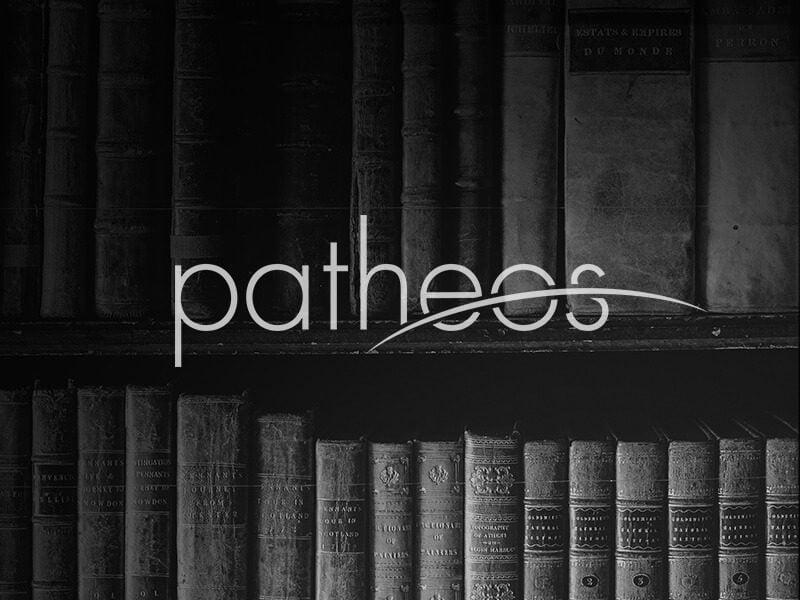What is needed in biblical studies is something analogous to the classicism of French scholars like Vernant, Detienne, Vidal-Naquet, and their followers. They were carefully attentive to the literary riches of classical texts, but were at the same time anthropologists and cultural historians. I see a few moves in this direction in biblical studies, but not nearly enough. Girard does something like this, but is too eccentric; his theory masters every text he looks at. Perhaps biblical studies just doesn’t... Read more
















